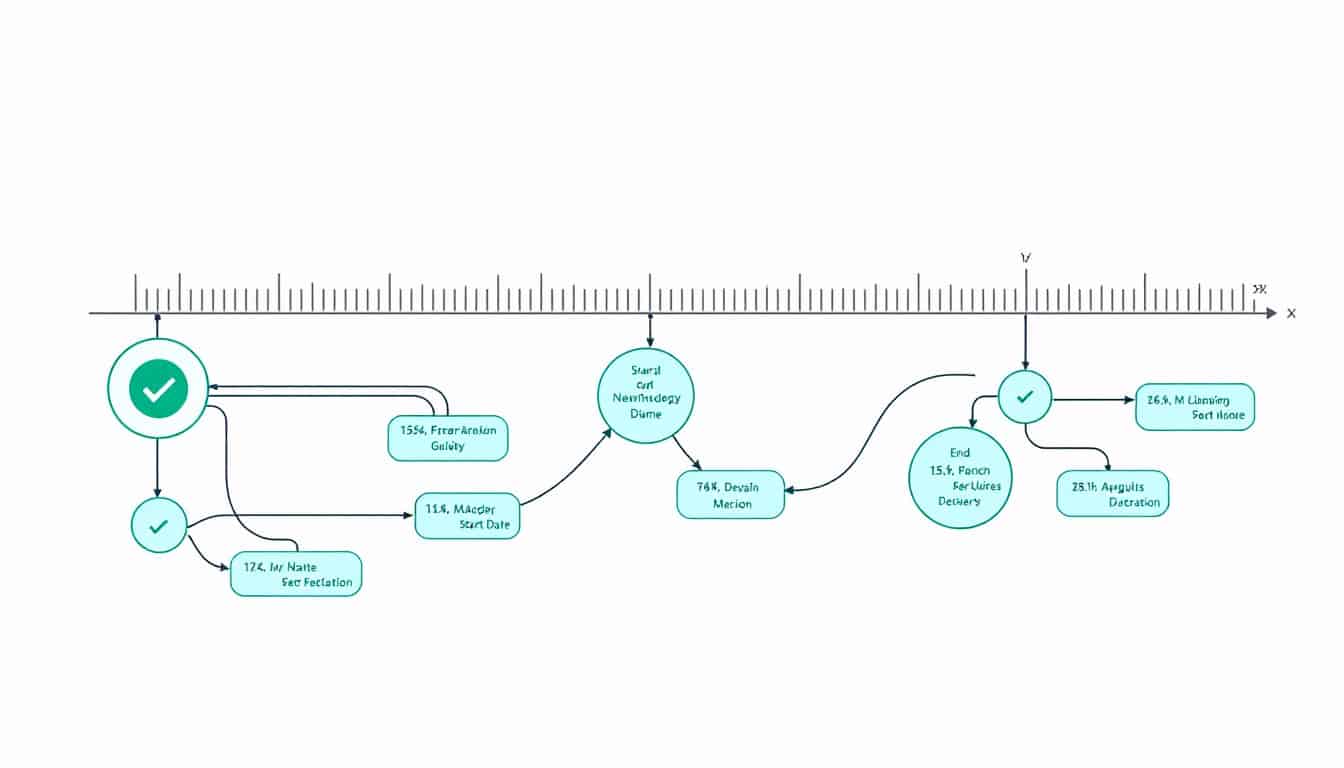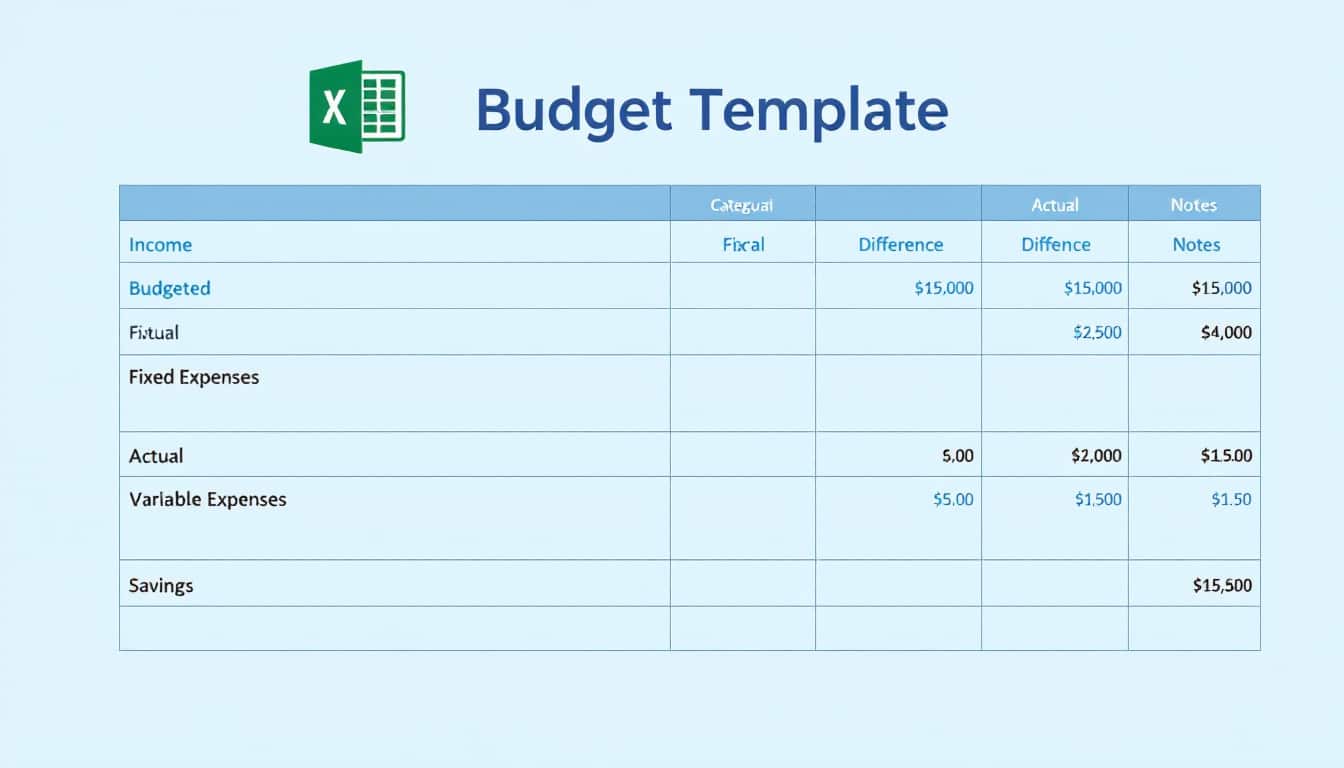Project management is a delicate art where each decision can influence the final outcome. Understanding the underlying dynamics is essential for successfully navigating through challenges. At the heart of this discipline lies the triple constraint, a fundamental concept that every project manager must master.
Navigating the intricacies of project management requires a deep understanding of the factors influencing their success. The triple constraint represents the delicate balance between the cost, time, and scope of a project. This model is universal and applies to all types of projects, regardless of their field or scale. By mastering these three elements, a project manager can anticipate challenges and adjust parameters to keep the project on track. The use of effective project management software, such as ProjectManager, enhances this ability by offering real-time tracking and analytical tools. This synergy between theoretical knowledge and practical tools is key to transforming ambitious ideas into tangible successes. Let’s explore in detail the dimensions of this triple constraint and how to manage them effectively.
🔥 Nous recommandons Ideamap
Ideamap est l’outil idéal pour un brainstorming ou un projet collaboratif. Grâce son interface facile et à ses fonctions IA, Ideamap booste votre créativité tout en favorisant une meilleure organisation de vos idées pour atteindre vos objectifs.
The triple constraint consists of three main elements that determine the framework for executing a project:
Cost: The financial limits of a project, also known as the budget.
Scope: The tasks necessary to achieve the project’s objectives.
Time: The established timeline to complete the project.
These three constraints constantly interact throughout the project life cycle. A savvy project manager will know how to adjust one of these elements according to needs without compromising the others, thanks to wise trade-offs.
In addition to these three pillars, it is essential to consider other critical factors for successful project management:
Quality: The quality standards that the project must meet to satisfy stakeholders.
Risk: The uncertainties inherent in any project and how to manage them.
Benefit: The financial advantages or other positive outcomes that the project must generate.
By combining the management of the triple constraint with these additional dimensions, a project manager can achieve a holistic view and optimize the chances of success.
Using a project management software like ProjectManager allows for monitoring and adjusting these constraints in real-time. For example, by monitoring the budget, the manager can quickly identify cost overruns and take corrective measures. Similarly, by tracking the time spent on each task using interactive Gantt charts, it is possible to readjust the schedule to avoid delays. Finally, by adjusting the scope based on priorities and available resources, the manager can ensure that the project remains aligned with its initial objectives.
In conclusion, mastering the triple constraint and integrating suitable management tools allows the challenges of project management to be transformed into opportunities for success. By carefully balancing cost, time, and scope while considering quality, risks, and benefits, each project can be guided to a successful outcome.
What is the triple constraint in project management?
The triple constraint is a fundamental concept in project management that defines the three main limitations to which any project is subject: cost, time, and scope. These three elements form what is often referred to as the “project management triangle.” Understanding this triple constraint is essential for any project manager looking to successfully carry out their initiatives.
The cost represents the budget allocated to the project, encompassing all necessary expenses, whether for human, material, or technological resources. The time, on the other hand, refers to the timeline set for the completion of the various phases of the project until its conclusion. Finally, the scope includes the deliverables and defined objectives of the project, that is, what must be accomplished for the project to be considered successful.
These three constraints are interconnected, and any modification of one necessarily impacts the other two. For example, increasing a project’s scope without adjusting the budget or timeline may lead to cost overruns or delays. Similarly, reducing the time allocated for a project without adapting the budget or scope can compromise the quality of deliverables.
How does the triple constraint influence your project management?
The triple constraint profoundly influences project management by imposing a strict framework within which project managers must operate. By closely monitoring cost, time, and scope, managers can anticipate and manage potential risks, ensure optimal resource utilization, and guarantee stakeholder satisfaction.
Effective management of the triple constraint allows for maintaining the necessary balance between the various aspects of the project. For instance, if a project faces unexpected delays, the manager may adjust the budget to compensate for the additional time required or revise the scope of the project to meet deadlines without increasing costs.
Furthermore, the triple constraint serves as a guide for decision-making throughout the project life cycle. It helps prioritize tasks, allocate resources effectively, and define risk mitigation strategies. By keeping an overview of the three constraints, managers can respond quickly to changes and adjust the project plan accordingly, thus minimizing disruptions and maximizing the chances of success.
How to balance the three elements of the triple constraint?
Balancing cost, time, and scope is a constant challenge for project managers. Here are some key strategies to achieve this:
1. Prioritize Project Objectives
It is crucial to clearly define the project priorities from the outset. This means identifying which aspect of the triple constraint is most important to stakeholders. For example, some projects may prioritize quality and scope, accepting longer timelines or higher costs, while others may prioritize speed of execution.
2. Use Effective Planning Methods
Utilizing project management tools like Gantt charts or project management software allows for visualizing and adjusting the various constraints in real-time. These tools help plan tasks realistically, taking into account available resources and set deadlines.
3. Communicate Transparently
Open and regular communication with all stakeholders is essential for balancing constraints. Managers must ensure that everyone is aligned on project objectives, expectations, and any necessary adjustments in case of changes.
4. Anticipate and Manage Risks
Identifying potential risks early on allows for implementing effective mitigation plans. By anticipating challenges, managers can adjust the constraints before they become major obstacles, thus ensuring project continuity and success.
What are the possible trade-offs between cost, time, and scope?
Trade-offs between cost, time, and scope are essential for effectively managing the triple constraint. Here are some examples of these trade-offs:
Reducing Time
If a project needs to be completed more quickly, it may be necessary to increase the budget by hiring more resources or paying for overtime. Alternatively, the project’s scope can be reduced to meet the new deadline without increasing costs.
Increasing Scope
Adding new features or objectives to the project (increasing scope) may require more time and resources. To compensate, it may be necessary to adjust the budget or extend the project schedule.
Reducing Costs
If the budget needs to be reduced, this may affect the time and scope of the project. Managers may choose to reduce the scope by eliminating certain features or extend the timeline to compensate for budget constraints.
These trade-offs require careful analysis and clear communication with stakeholders to ensure that adjustments are acceptable and aligned with the overall project objectives.
What are the other important elements beyond the triple constraint?
While the triple constraint is essential, other elements also play a crucial role in the success of a project:
Quality
The quality of the final deliverable is paramount and must be managed in parallel with the three main constraints. A high-quality deliverable meets stakeholder expectations and ensures the project’s sustainability.
Risk
Every project carries inherent risks. Proactive risk management allows for anticipating potential issues and establishing contingency plans to minimize their impact.
Benefits
Benefits, both financial and non-financial, are the primary motivations behind a project. Ensuring that the expected benefits are aligned with the project’s objectives is essential for justifying the investments and efforts made.
Integrating these additional elements with the triple constraint allows for a more holistic project management approach and increases the chances of success by covering all critical aspects.
How do project management tools help in mastering the triple constraint?
Modern project management tools, such as ProjectManager, play a crucial role in mastering the triple constraint. They offer advanced features that enable managers to efficiently track, analyze, and adjust the various constraints.
For example, a project management software can provide real-time views of cost, schedule, and scope, thus facilitating informed decision-making. Gantt charts and interactive dashboards allow for visualizing progress and quickly identifying deviations from the initial plan.
Cost Tracking
Project management tools allow for creating and tracking budgets, recording expenses, and generating detailed financial reports. This helps ensure that costs remain aligned with the planned budget and enables quick identification of any variance.
Time Management
Task planning and tracking deadlines are facilitated by features like shared calendars, automatic notifications, and real-time updates. This keeps the project on track and allows for quick responses in case of delays.
Scope Control
Project management tools offer means to define and track deliverables, manage scope changes, and ensure that all tasks align with the project objectives. This helps prevent the phenomenon of “scope creep” where the scope














